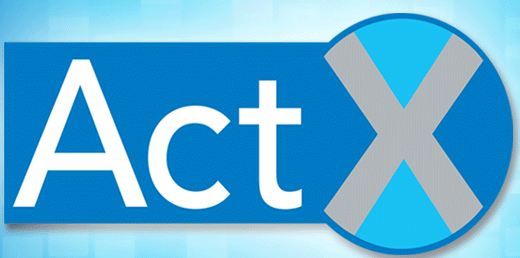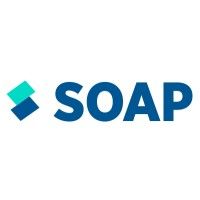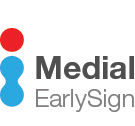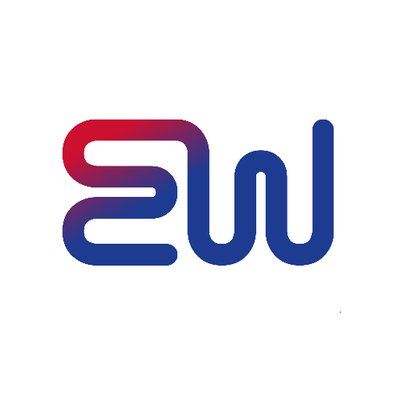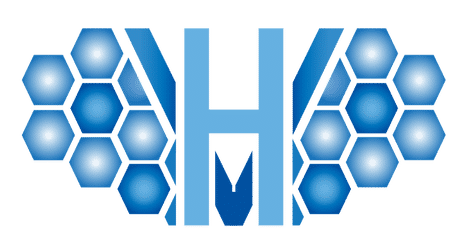When a patient comes into an Emergency Department (ED), they are triaged into one of five acuity-levels; 1 being high-acuity, likely in need of intensive care or emergency intervention, 5 being low-acuity, not likely to need intensive care, emergency intervention, or hospitalization, and therefore likely to be discharged home. The current methodology of triage in most United States EDs is a manual desicion tree based on anticipated resource-utilization. However, using this system, the majority of patients are assigned to an acuity-level 3, with poor differentiation based on their actual clinical risk (as resource utilization is a poor proxy for clinical risk). This can make it very difficult for clinicians to properly identify which of these mid-acuity patients needs care most urgently, and often creates a clutter effect causing increased wait-times in the ED.
When TriageGO is installed within the triage workflow in an ED, it helps the nurse to discern a patient's actual clinical risk, and prioritize them appropriately. When patients are sorted into the correct trajectories for care immediately upon being triaged, the clutter effect is reduced. EDs who use TriageGO observe decreased time-to-provider, time-to-ICU, time-to-OR, time-to-admission, and time-to-discharge.









